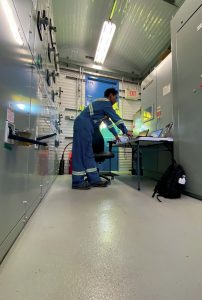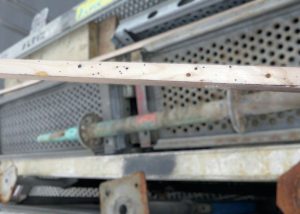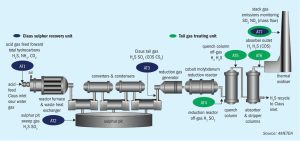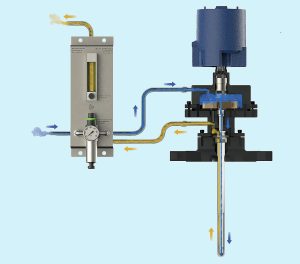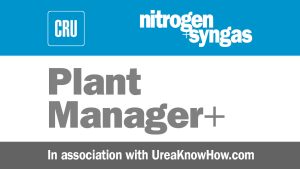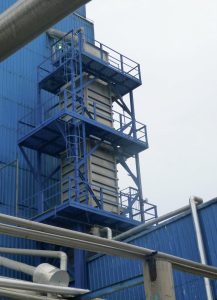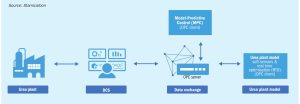Several safety risks threaten urea high pressure equipment such as high pressures, high temperatures, various kind of corrosion phenomena, crystallisation risks, and the release of large volumes of toxic ammonia in case of a leak. A significant number of serious incidents with high pressure urea equipment still occur in the industry and, in 50% of cases, a failing leak detection system was one of the main causes. UreaKnowHow’s Risk Register for a 316L urea grade reactor identifies 50+ safety risks of which 75% can be prevented by operating a proper leak detection system. In this article, UreaKnowHow answers some key questions about the importance of an effective active leak detection system.
